Traffic Archive
Transport meetings (11 October 2018)
The Future of Transport in Bath
Venue: The Assembly Rooms, Bath
Date: 16 November 2018 Time: 08:30-13:00
You are cordially invited to join a half-day conference bringing together urban transport experts to inform and inspire Bath politicians and the public to be ambitious in addressing the city's transport issues. The conference will also be a neutral platform to allow each of the Bath political groups to present their broad approach to Bath transport in anticipation of the local election in May 2019. Attendance is free but places are limited and registration is required.
Trams for Bath? Hosted by Wera Hobhouse MP and Bath Trams.
Saturday afternoon, 24th November
Looking at the case for trams, where they could be deployed and the next steps.
Bath MP Wera Hobhouse and Bath Trams are hosting a conference on the re-introduction of Trams for Bath as a solution to the congestion and pollution issues, as a stimulus to Bath's economy by facilitating shoppers and workers entering the city, and as a solution to movement in the public realm within the city. In addition to a comprehensive network within Bath, tram connections to Chippenham, Radstock, Bristol and Bristol airport are proposed.
Experts from the transport sector will be giving their views, along with the leaders of the local political parties.
Website: http://www.bathtrams.uk/
Note. All the hills in Bath are accessible to trams, and the routes indicated on the map have been surveyed and are more than wide enough.
Lansdown Road resurfacing Works 28th June (7 June 2018)
"As previously notified, B&NES will be resurfacing part of Lansdown Road, taking up to two days, starting on the evening of Thursday 28th June and working overnight (2100hrs to 0600hrs), during most of which (a) the portion between Lansdown Place East and St Stephens Church will be closed to traffic, and (b) there will be no road access between Lansdown Road and Lansdown Place East. Diversions will be signed and buses will be taking an alternative route. See attached pamphlets for details."
Resurfacing Leaflet
R10 Resurfacing Consultation
2016 LCA AGM Traffic Report, Nick Bishop (April 2016)
At the AGM, attendees were updated about the traffic in Lansdown Crescent and the Places, in line with the 2016 Newsletter. Measurements were taken by BANES in September 2015 as planned. The measurements showed no significant increase in traffic speeds compared with the last assessment in June 2013. However there were significant increases in volumes of traffic. In order to obtain a valid indication of trends, the B&NES traffic officer has agreed to repeat these measurements in September 2016. It is hoped that this will include an indication of the type of vehicles passing through the Crescent, i.e. ratio of lorries to cars. Meanwhile members are asked to consider what proposals might be made to B&NES to address the increasing volumes. Any measures proposed will need to be sympathetic in terms of visual impact and the effect on residents accessing their homes. The Council will also be conscious of the effect on adjacent roads of any diversion of traffic. There may not be an easy solution that suits everyone. The Committee will be happy to hear any suggestions prior to the September measurements being taken.
Report of B&NES Traffic Investigation, September 2015
Robin Kerr and Nick Bishop had a useful meeting on 15 December with Peter Bailey, the traffic officer from B&NES. He was able to present the figures resulting from the survey that took place at the end of September 2015. Two detectors were used, one in Lansdown Place West and the other about mid way around the Crescent. These measured both volume and speed of the traffic in both directions. The data were presented raw with no formal analysis but it was possible to make a judgment on changes since the last study which was done in June 2013.
Speeds:
There was no significant change from the last study in relation to traffic speeds. Average speeds throughout the day were between 19 and 23mph. This average includes speeds up to around 25mph but in Peter Bailey's opinion there were insufficient numbers at this speed to interest the police in enforcing the 20mph limit. These speeds were consistent in both directions.
Volumes:
There was a significant increase in the volume of traffic since 2013. Taking Tuesday as an example, on 25 June 2013, 684 vehicles passed westbound during the 24 hours. On Tuesday 22 September 2015 there were 792, an increase of 15%. For eastbound traffic the numbers were greater going from 750 in 2013 to 905 in 2015, an increase of 20%.
Conclusions:
Clearly a large amount of data exists and full analysis would take a lot of time with little likelihood of tangible benefit. In summary the perceived increases in speed of traffic using the Crescent have not been supported by this evidence. It was Peter Bailey's view that the police would not consider this evidence as justification for an enforcement action. The volume of traffic using the Crescent has increased significantly.
Proposal:
Peter Bailey agreed with our request to repeat this survey in September 2016. This would give us 3 points by which we can look at trends in a more reliable way. Meanwhile the Association may wish to consider further, what action if any it would like to see to discourage traffic from using Lansdown Crescent as a 'bypass'. Peter Bailey asked this question as further data confirming an upward trend in volume will beg the question from the Council "what do you want us to do about it?" Choices include discouragement by means of traffic calming measures (may not be popular in a Grade 1 listed crescent) or legal restrictions based on weight, width or simply 'access only'. The latter are difficult to enforce which would lead to widespread abuse. The Council would also need to consider the effect on other roads of any such action.

